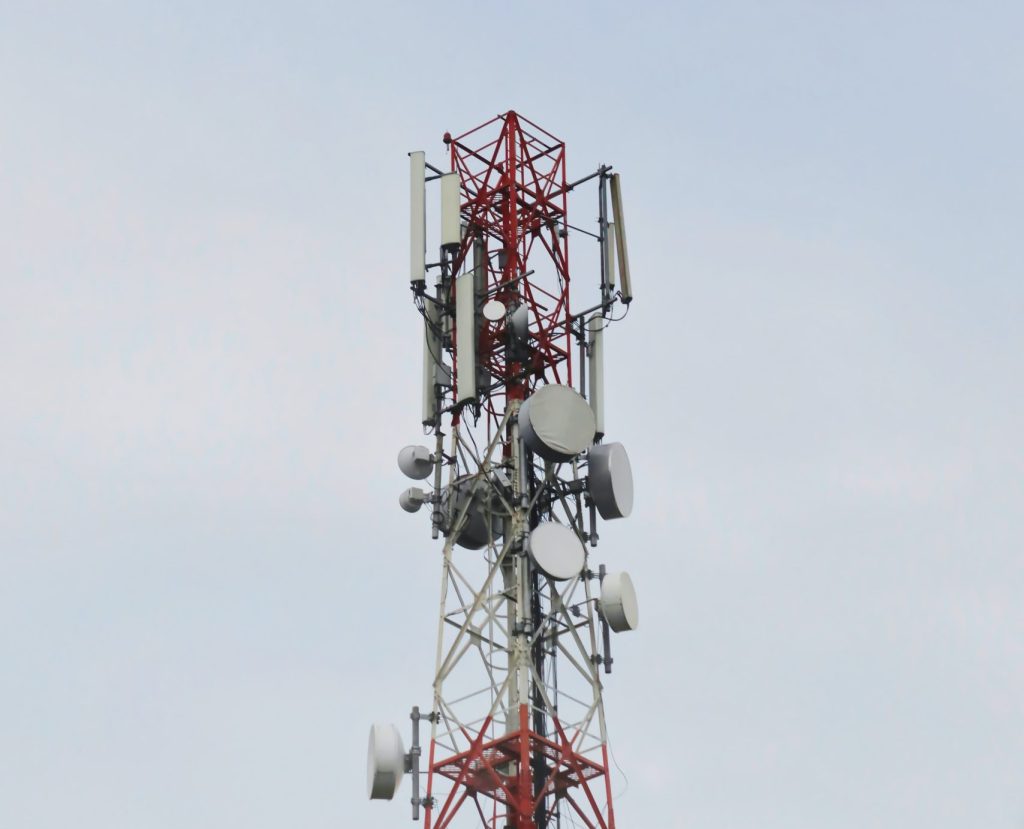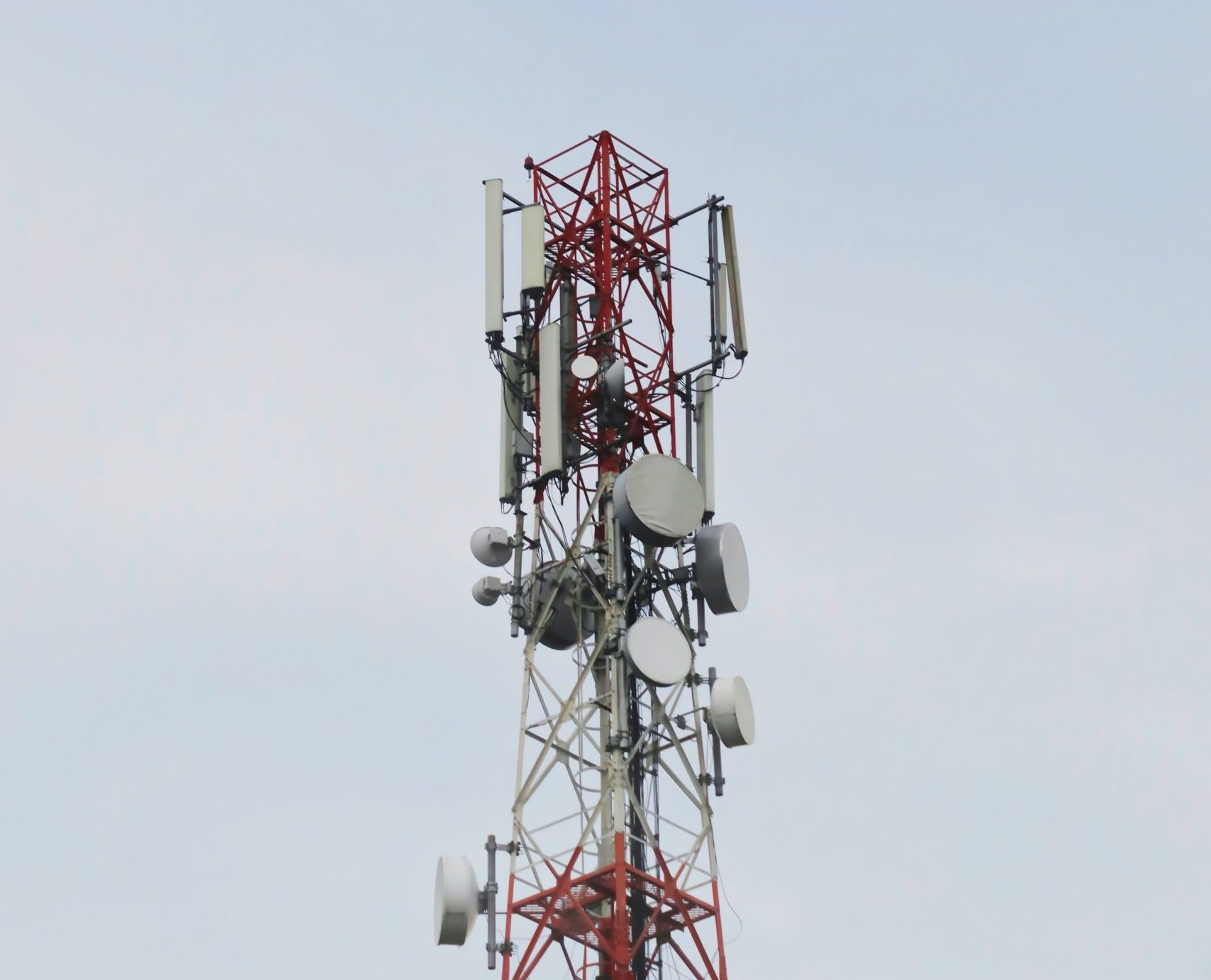The advent of 5G technology is set to revolutionise communication and connectivity by providing unprecedented speed, low latency, and increased capacity.
While the benefits of 5G are abundant, this rapid advancement also brings forth a new set of cybersecurity challenges that need to be addressed to safeguard data and networks.
This article explores the impact of 5G on cybersecurity and the measures required to mitigate potential risks.
1. Increased attack surfaces

One of the most significant impacts of 5G on cybersecurity is the exponential growth of the attack surface. The increased speed and capacity of 5G networks will enable the rapid expansion of connected devices, particularly within the Internet of Things (IoT). This surge in connected devices will present cybercriminals with more targets and opportunities for exploitation.
To counter this threat, organisations that use 5G technology must invest in advanced security measures, such as end-to-end encryption, robust authentication protocols, and regular patch management. Furthermore, it is essential to implement network segmentation to isolate and protect sensitive data and systems from potential breaches.
2. Supply chain risks
The complex nature of 5G technology involves numerous hardware and software components supplied by a variety of vendors. This diversity in the supply chain can introduce vulnerabilities that may be exploited by threat actors. Compromised components or software can result in significant security risks for organisations and individuals relying on 5G networks.
Addressing supply chain risks requires a comprehensive approach, including thorough vendor assessment, continuous monitoring, and strong contractual agreements that enforce stringent security standards. Cooperation between governments, industry, and academia is crucial to develop a secure and resilient supply chain for 5G infrastructure.
3. Edge computing and data privacy concerns
5G networks rely on edge computing to process and store data closer to the source, reducing latency and increasing efficiency.
However, the decentralised nature of edge computing poses new challenges to data privacy and security. With data being processed and stored in various locations, it becomes increasingly difficult to ensure consistent security measures and compliance with data protection regulations.
Organisations must adapt their data protection strategies to accommodate the distributed nature of edge computing. This may include implementing data encryption both at rest and in transit, as well as adopting a zero-trust security model to enforce strict access controls.
4. Advanced threats due to enhanced capabilities
The high-speed and low-latency capabilities of 5G networks can also be exploited by cybercriminals to launch more sophisticated and targeted attacks. With increased bandwidth, attackers can transmit larger volumes of malicious data (such as conducting more powerful DDoS attacks, or more variations of different malware), potentially overwhelming security systems and causing significant damage.
To combat these advanced threats, organisations must invest in appropriate security solutions, such as artificial intelligence (AI) and machine learning (ML) technologies, to detect and respond to cyberattacks in real time. Additionally, continuous monitoring and threat intelligence sharing between businesses and government departments are crucial to staying ahead of emerging threats.
5. Regulatory and standardisation challenges
As 5G technology is still in its early stages, there is a lack of uniform standards and regulations to govern its implementation and security. The absence of standardisation can lead to inconsistencies in security measures, making it difficult for organisations to effectively protect their networks and data.
Collaboration between industry, government, and international bodies is essential to develop and adopt uniform security standards for 5G technology. These standards should encompass all aspects of 5G infrastructure, from network architecture to devices, ensuring comprehensive protection against cybersecurity threats.
Conclusion
While 5G technology promises to revolutionise the way we live and work, it also presents new challenges in terms of cybersecurity. To fully harness the potential of 5G while mitigating its associated risks, organisations and individuals must proactively address these challenges by implementing robust security measures, investing in cutting-edge technologies, and fostering collaboration across industry and government.
It is crucial for businesses to adapt their cybersecurity strategies to the evolving threat landscape and leverage the advancements offered by 5G to enhance their security protections. This may involve integrating next-generation firewalls, intrusion detection systems, and real-time threat analytics to ensure comprehensive protection against cyberattacks.
Furthermore, organisations should focus on developing a security-aware culture by providing ongoing training and support for employees. As the human element remains a critical factor in maintaining cybersecurity, fostering a workforce that is educated on the latest threats and best practices can significantly reduce the likelihood of successful cyberattacks.

I’m Roger, and I’m the founder of Broadband 4 Europe.
I grew up in Switzerland but live in Germany now, and also lived in South Tirol for a while in the past.
I have a background in IT and have performed extensive research into the broadband markets of most major European countries. Learning about fixed-line broadband markets is my nerdy hobby, but I’m also excited by the possibilities that 5G (and eventually 6G) broadband will provide us in the future.
When I’m not researching broadband companies and their networks, you’ll find me playing volleyball or the piano.





